The Carbonated Beverage Market is currently characterized by a dynamic competitive landscape, driven by evolving consumer preferences and a growing emphasis on health-conscious options. Major players such as Coca-Cola (US), PepsiCo (US), and Nestle (CH) are actively reshaping their strategies to maintain market relevance. Coca-Cola (US) has been focusing on diversifying its product portfolio, particularly in the low-sugar and functional beverage segments, which appears to resonate well with health-oriented consumers. Meanwhile, PepsiCo (US) is leveraging its extensive distribution network to enhance its market penetration, particularly in emerging markets, while also investing in sustainable packaging solutions to align with global environmental goals. Nestle (CH) is increasingly emphasizing its commitment to sustainability, aiming to reduce its carbon footprint and enhance its product offerings with natural ingredients, thereby appealing to a more health-conscious demographic. Collectively, these strategies indicate a shift towards innovation and sustainability, which is likely to intensify competition in the market.
In terms of business tactics, companies are increasingly localizing manufacturing and optimizing supply chains to enhance efficiency and responsiveness to market demands. The competitive structure of the Carbonated Beverage Market is moderately fragmented, with a few dominant players exerting considerable influence. This fragmentation allows for niche brands to emerge, catering to specific consumer preferences, while the larger companies focus on broad market strategies. The collective influence of these key players shapes the market dynamics, as they compete not only on product offerings but also on operational efficiencies and brand loyalty.
In August 2025, Coca-Cola (US) announced a strategic partnership with a leading technology firm to enhance its digital marketing capabilities. This move is significant as it aims to leverage data analytics to better understand consumer behavior and preferences, thereby enabling more targeted marketing campaigns. Such a strategy could potentially increase customer engagement and drive sales, particularly in a market where personalization is becoming increasingly important.
In September 2025, PepsiCo (US) unveiled a new line of beverages that utilize plant-based ingredients, reflecting a growing trend towards healthier and more sustainable options. This initiative not only aligns with consumer demand for transparency and health but also positions PepsiCo as a leader in the innovation of carbonated beverages. The introduction of these products may enhance brand loyalty among health-conscious consumers and differentiate PepsiCo from its competitors.
In July 2025, Nestle (CH) launched a new sustainability initiative aimed at reducing plastic waste in its beverage packaging. This initiative is crucial as it addresses growing consumer concerns regarding environmental impact and aligns with global sustainability goals. By prioritizing eco-friendly packaging, Nestle (CH) is likely to strengthen its brand image and appeal to environmentally conscious consumers, which could enhance its competitive position in the market.
As of October 2025, the competitive trends in the Carbonated Beverage Market are increasingly defined by digitalization, sustainability, and the integration of artificial intelligence in operations. Strategic alliances are becoming more prevalent, as companies seek to enhance their technological capabilities and sustainability efforts. Looking ahead, competitive differentiation is expected to evolve, with a notable shift from price-based competition to a focus on innovation, technology, and supply chain reliability. This transition suggests that companies that can effectively leverage these trends will likely secure a more favorable position in the market.


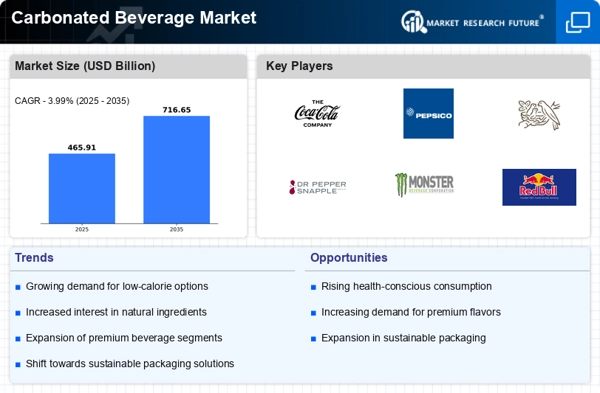
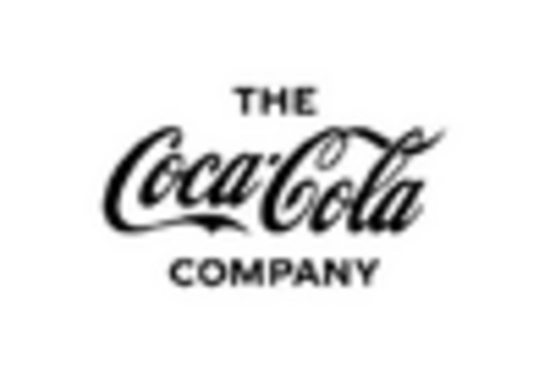
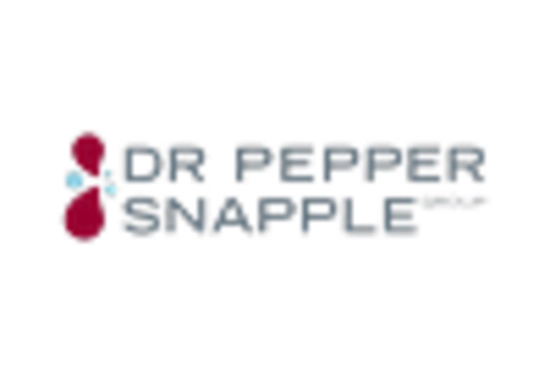
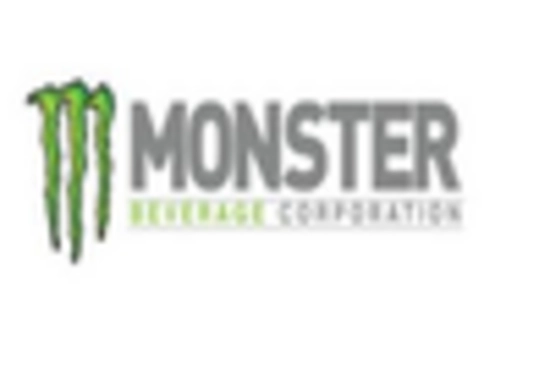
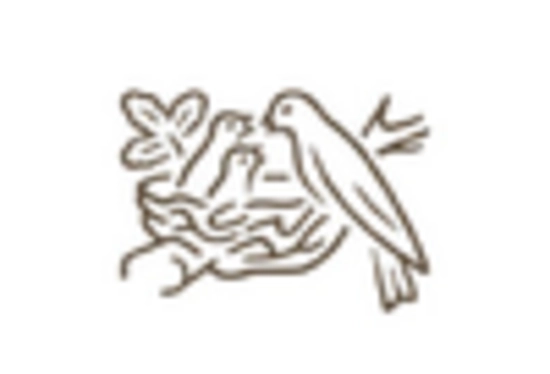
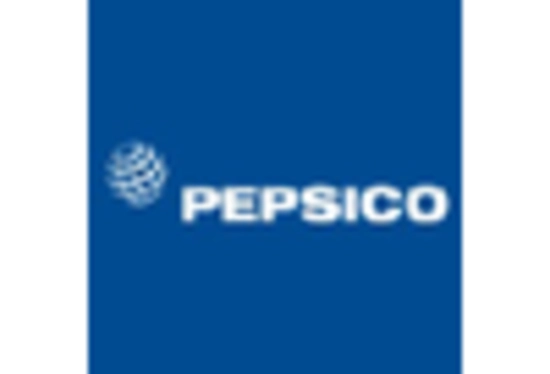
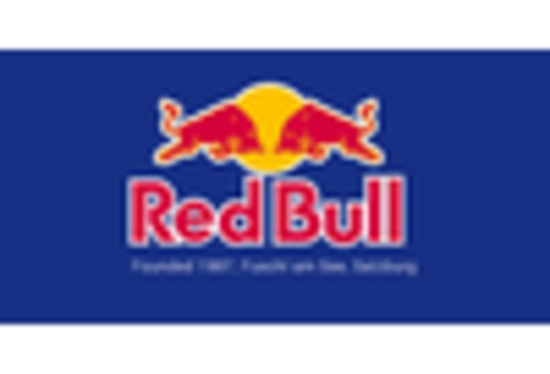








Leave a Comment